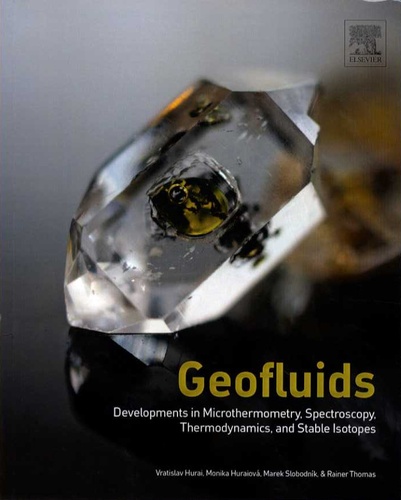基于像素四叉树网格的PSBFEM求解渗流问题
IF 1.2
4区 地球科学
Q3 GEOCHEMISTRY & GEOPHYSICS
引用次数: 0
摘要
结合基于数字图像的四叉树网格生成技术,提出了一种求解渗流问题的PSBFEM方法。利用每个像素的颜色强度,实现几何信息和材料参数分布的定量表示,然后将其应用于渗流分析。提出的方法通过将悬挂节点视为多边形元素的节点来解决悬挂节点的问题。通过求解三个基准渗流问题,验证了该方法的有效性。结果表明,利用四叉树分解可以实现基于图像的域的自动离散化。此外,该方法的计算效率和精度均优于标准有限元法。因此,所提出的技术允许使用像素网格方便地自动离散域来解决工程应用中的渗流问题。本文章由计算机程序翻译,如有差异,请以英文原文为准。
A PSBFEM Approach for Solving Seepage Problems Based on the Pixel Quadtree Mesh
This paper presents a PSBFEM approach that integrates the quadtree mesh generation technique based on digital images for solving seepage problems. The quantitative representation of the distribution of geometrical information and material parameters is achieved by utilizing the color intensity of each pixel, which can then be applied to seepage analysis. The presented method addresses the issue of hanging nodes by treating them as nodes of a polygonal element. We validate the proposed technique by solving three benchmark seepage problems. Results show that the image-based domain can be automatically discretized using a quadtree decomposition of the images. Furthermore, the computational efficiency and precision of the PSBFEM surpass that of the standard FEM. Therefore, the proposed technique allows for the convenient automatic discretization of the domain using pixel meshes to solve seepage problems in engineering applications.
求助全文
通过发布文献求助,成功后即可免费获取论文全文。
去求助
来源期刊

Geofluids
地学-地球化学与地球物理
CiteScore
2.80
自引率
17.60%
发文量
835
期刊介绍:
Geofluids is a peer-reviewed, Open Access journal that provides a forum for original research and reviews relating to the role of fluids in mineralogical, chemical, and structural evolution of the Earth’s crust. Its explicit aim is to disseminate ideas across the range of sub-disciplines in which Geofluids research is carried out. To this end, authors are encouraged to stress the transdisciplinary relevance and international ramifications of their research. Authors are also encouraged to make their work as accessible as possible to readers from other sub-disciplines.
Geofluids emphasizes chemical, microbial, and physical aspects of subsurface fluids throughout the Earth’s crust. Geofluids spans studies of groundwater, terrestrial or submarine geothermal fluids, basinal brines, petroleum, metamorphic waters or magmatic fluids.
 求助内容:
求助内容: 应助结果提醒方式:
应助结果提醒方式:


